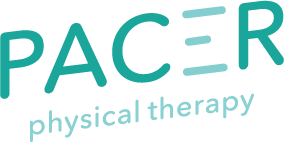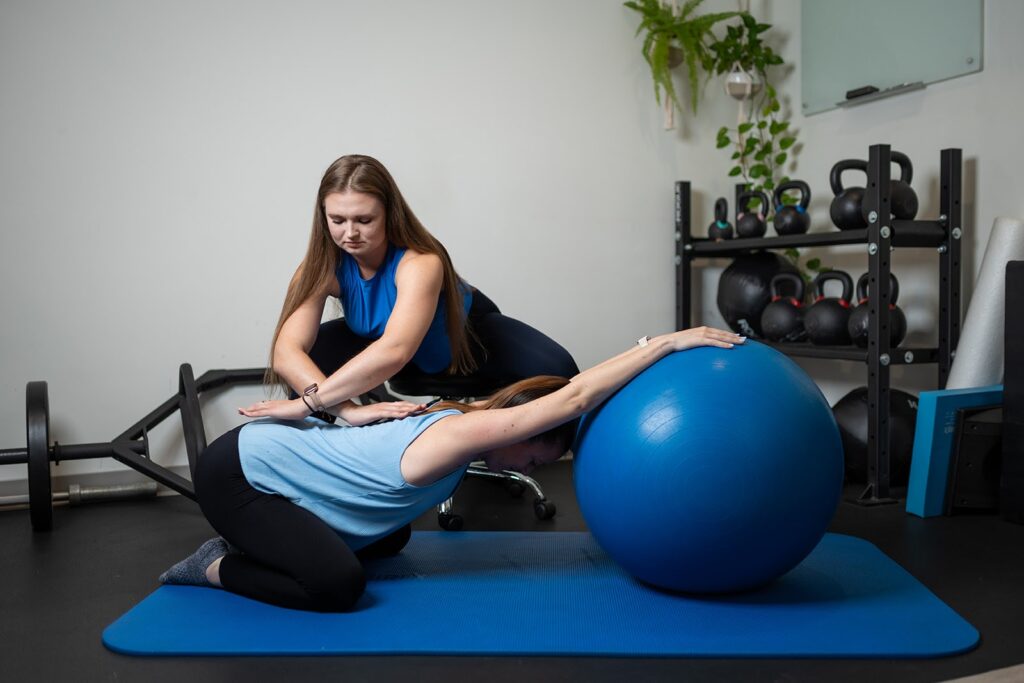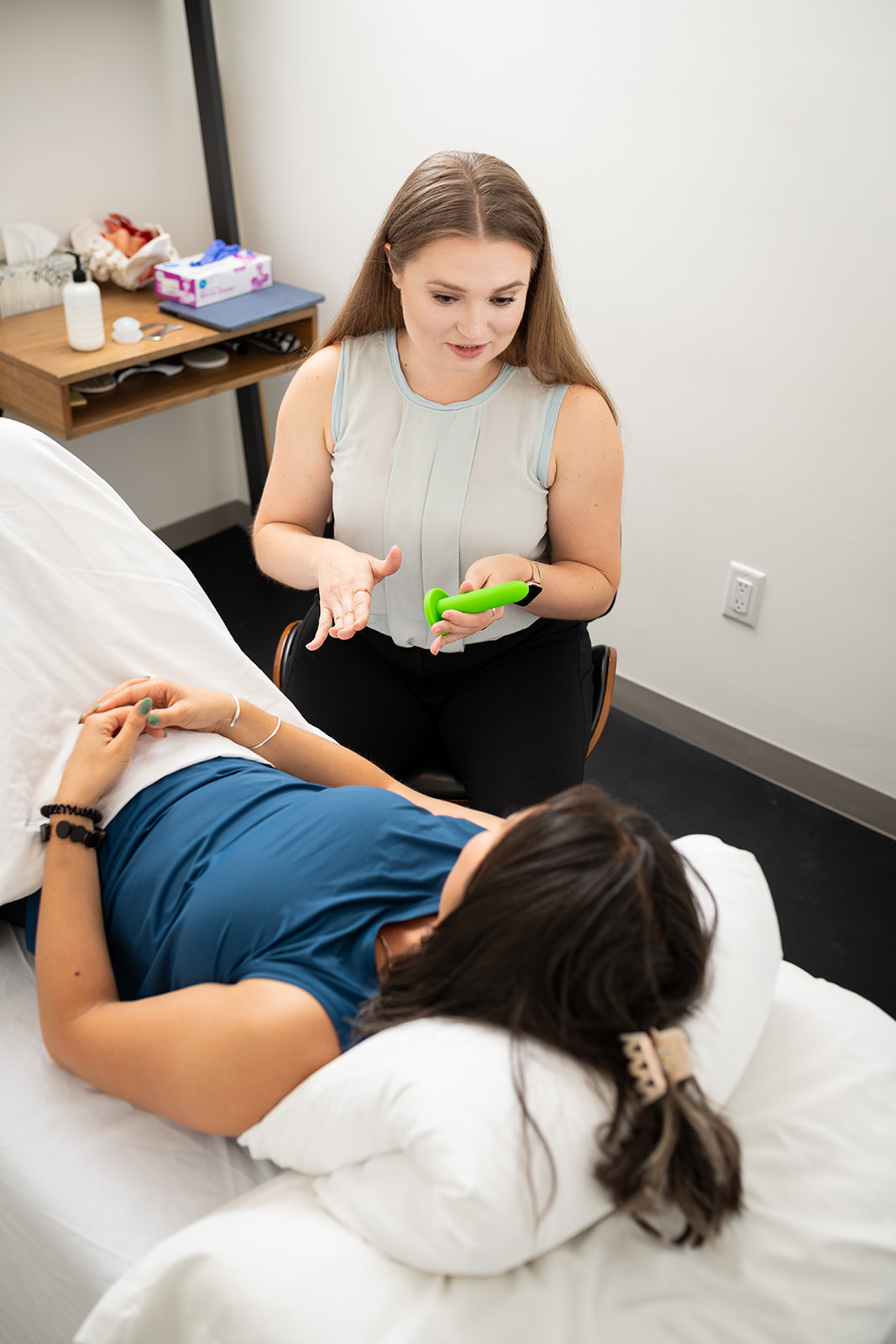Last Updated: 8/5/24
Dealing with a flare-up is challenging, frustrating, and overwhelming. But having a solid plan can make the ordeal more manageable and resolve the pain faster.
Read on to get a detailed approach to managing flare-ups, reducing pain, and strengthening your body sustainably and for the long term.
Hour Zero: The Onset of a Flare-Up
When you first sense a flare-up coming on, the key is to pause and reset:
- Stop what you’re doing. Take a moment to pause your current activity.
- Deep belly breaths. Inhale deeply into your belly and exhale slowly. Repeat this 10 times. This aims to calm your nervous system. Placing a hand on your belly and another on your chest can provide additional soothing input. Watch this video to learn how to perform diaphragmatic breathing.
- Relax and distract. Try to stay as relaxed as possible. I know — easier said than done. But in times of stress, our muscles tend to tense up and spasm, which can make flare-ups more intense.
Activities to facilitate relaxation:
- Meditation
- Visualizing a peaceful environment (beach, mountains, childhood home, Pacer PT clinic, etc.)
- Playing music — calming to help relax, or upbeat to help distract
- Vagus nerve stimulation
- Drinking some water or eating a snack that makes you happy
- Engaging in a distracting, easy-to-do activity
During a Flare: Gentle Movement Is Key
Movement might be the last thing you want to do during a flare-up, but gentle activity is actually quite beneficial (in most cases of chronic pain flare-ups):
- Gentle movement. Opt for low-impact activities like walking, swimming, or mobility exercises and stretches. Static strengthening holds that activate the deep stabilizing muscles, such as those targeting the core and glutes, are also effective.
- Pain management. Understand that you won’t be pain-free, but the goal is to avoid a significant increase in pain. As long as your pain doesn’t increase by more than 2/10, it’s safe to continue. For example, if your pain starts at 5/10, it’s acceptable for it to rise to 6/10, but not 8/10. If you’re unsure about the amount of pain you’re in with movement, consult a physical therapist or medical provider.
- Safe movements. Engage in movements that your brain perceives as “safe.. Whether it is going on a slow five-minute walk, doing cat-cows, or holding a plank, find the movements that cause essentially no pain (and therefore feel a bit relieving) and keep doing them. Continue exploring with movement and expand your repertoire of “safe” motions and activities.
Post Flare-Up: Strengthening and Recovery
After a flare-up, the focus shifts to strengthening the affected muscles to prevent future episodes:
- Strengthening. Start strengthening the muscles that have historically spasmed because they’re likely tight but weak. As you begin to exercise these muscles, it’s common to experience some pain (up to 3-4/10). This is common and not indicative of re-flaring. If the pain is more intense than a 4/10, consult a physical therapist.
- Gradual progression. Begin with low-intensity exercises and gradually increase the intensity. Movements like deadlifts or hip hinges might initially cause discomfort, especially in those with chronic low back pain. Move in the range that produces the least amount of pain — the muscles will still strengthen even with small movements. As your muscles get stronger, the discomfort will subside.
- Pain reframing. Over time, your brain will start to see these movements as non-threatening. It will no longer interpret signals coming from the chronic pain area as potential tissue damage and will be less likely to send the output of pain. You’ll continue strengthening your deep stabilizing muscles to best support your body and be less prone to flare-ups.
How Physical Therapy Can Help
Physical therapy plays a crucial role in managing and preventing flare-ups. Here’s how:
- Manual therapy. Hands-on techniques to mobilize joints and soft tissues, provide calming input to the nervous system, and improve movement.
- Dry needling. A skilled intervention involving the insertion of thin solid needles into muscles around nerves and connective tissues for the management of pain and dysfunction. At Pacer PT, we frequently pair dry needling with electrical stimulation to facilitate a muscle contraction to provide a “reset” within the affected muscle.
- Therapeutic exercise. Customized exercises designed to strengthen weak muscles, improve flexibility, and enhance overall function. As mentioned above, static strengthening holds and mobility exercises can help kickstart your journey out of the pain flare. A physical therapist will identify which specific exercises will be best suited for you.
Need Help Managing Pain?
By following this flare-up game plan and incorporating physical therapy into your routine, you can manage your pain more effectively, reduce the frequency of flare-ups, and enhance your overall quality of life.
At Pacer Physical Therapy, we are here to assist in coming up with a gameplan, help you feel empowered and confident with movement, and support you throughout your journey to a pain-free life.
To learn more or work with us, book a complimentary discovery call today!
You got this!
– Vera





